
|
|
Nine
Windows to Wholeness
|
This course meets the qualifications for 15 hours of continuing education units
|
Human beings have always had a fundamental need to create order and find meaning in life. This book is a multi-disciplinary investigation of number archetypes. It brings together the diverse fields of mythology, fairy tales, religion, architecture, mathematics, geometry, chemistry, and physics into nine perspectives as a way to order and simplify the vast material presented by the unconscious. Numbers are examined in the context of real-life examples drawn from case studies in sandplay therapy. With the "map" of number archetypes 1 through 9 as they appear in therapy, the reader is provided with a new reference in which to explore his or her own dreams, creativity, emotions, and everyday life. This book also provides exercises to practice pinpointing the number archetypes as they appear in sandplay therapy. |
maintains responsibility for the program. |
|
Introduction:
The
modern scientific view often seems to focus on the quantitative aspect
of numbers, viewing them as mere identifiers of quantity. The ancients,
closer to the origin of numbers than modern humans, had more of a
sense of their numinosity, a feeling for what we now call the qualitative
aspect of numbers. Even though mathematicians count and manipulate
them in many ways, numbers are essentially spiritual and mystical.
For example, the names of Mayan myths' main gods are all numbers.
Humans did not invent numbers, but discovered them as an integral
part of reality. If we go to the etymological root of the word "number"
in various languages, we get folkloric confirmation that in fact relates
to something much deeper than counting. The Greek word for number
is arithmos. This gives us the idea that number was originally
a rhythm. The verb "to tell" in German is erzahlen, which
is derived from the word Zahl, number. In French, as well,
"to tell" is raconter, which is akin to "computing" or "counting."
In Chinese the word for enumerate means Suan, to count the
origin of what is going to happen. In these etymological structures
one sees that man must originally have known that when he tells a
myth or archetypal tale, it is like counting. It follows a certain
ordered rhythm of events.1 No wonder then, that
Jung hypothesized that numbers are the archetypes that unite the world
of the psyche and the world of matter. |


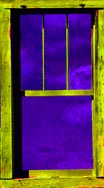
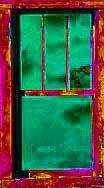
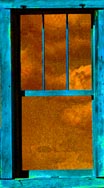
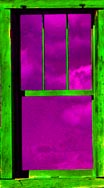
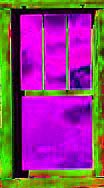

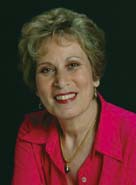 Pratibha S. Eastwood, Ph.D., STA/ISST, is a licensed psychologist
and certified sandplay therapist, teacher and supervisor. She received
her academic training from the University of California, Berkeley.
As a teacher in Israel, a professor of Counseling Psychology in California,
a group leader and meditation teacher, and a holistic healer based
in Hawaii but with extensive world travel, Dr. Eastwood witnessed
number archetypes surfacing repeatedly, despite the different communities,
cultures, and histories. Her unique multidisciplinary approach, which
includes a variety of spiritual disciplines, enriches her perspective.
Pratibha S. Eastwood, Ph.D., STA/ISST, is a licensed psychologist
and certified sandplay therapist, teacher and supervisor. She received
her academic training from the University of California, Berkeley.
As a teacher in Israel, a professor of Counseling Psychology in California,
a group leader and meditation teacher, and a holistic healer based
in Hawaii but with extensive world travel, Dr. Eastwood witnessed
number archetypes surfacing repeatedly, despite the different communities,
cultures, and histories. Her unique multidisciplinary approach, which
includes a variety of spiritual disciplines, enriches her perspective.